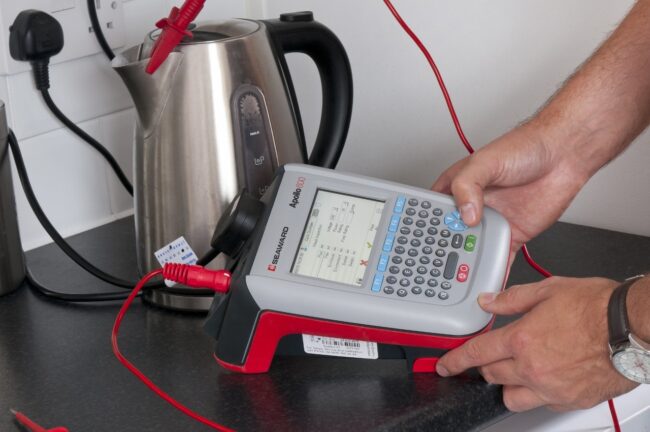Regular Testing of Electrical Equipment: A Crucial Practice for Preventing Failures and Maximizing Energy Savings
Electrical equipment plays a crucial role in our day-to-day activities, from powering homes and businesses to providing energy for transportation. While these devices have become more efficient and reliable over the years, it is important to recognize that they are still prone to wear and tear, which can lead to failures or malfunctions. This is why regular testing of electrical equipment is essential not only for safety but also for ensuring that they continue to operate effectively. Learn more about the importance of pat testing courses.
There are several types of electrical equipment that require periodic testing, including circuit breakers, transformers, motors, and generators. These devices are often subjected to high stress, such as exposure to heat, high voltage, and intense mechanical strain, all of which can cause failure over time. Testing can help identify potential weaknesses and prevent failures from occurring, which can save lives and reduce the risk of costly damages.

One of the most common testing methods for electrical equipment is known as electrical insulation testing, which involves measuring the resistance of insulation materials between conductive components. This test is essential for detecting the presence of moisture or other contaminants that could cause short-circuiting or electrical arcing, which can be hazardous. Another common test is the dielectric strength test, which measures the voltage that an electrical device can withstand without breaking down. This test helps to ensure that the insulation is sufficient to prevent electrical breakdown, which can lead to fires or explosions.
Apart from the safety benefits, testing of electrical equipment can also help to identify potential energy savings opportunities. In some cases, faulty equipment or poorly maintained systems can lead to inefficiencies and increased energy usage. By identifying these issues early on, corrective action can be taken to ensure that energy is being used in the most efficient way possible, which can have a positive impact on the environment and the bottom line.
In conclusion, testing of electrical equipment is an essential practice that helps to ensure both safety and efficiency. Regular tests can identify potential failures or malfunctions before they become serious issues, which can prevent costly damages and downtime. Additionally, testing can also identify energy-saving opportunities that can have a positive impact on the environment and the bottom line. By prioritizing electrical equipment testing, we can help to ensure that our homes, businesses, and transportation systems continue to operate safely and effectively.
